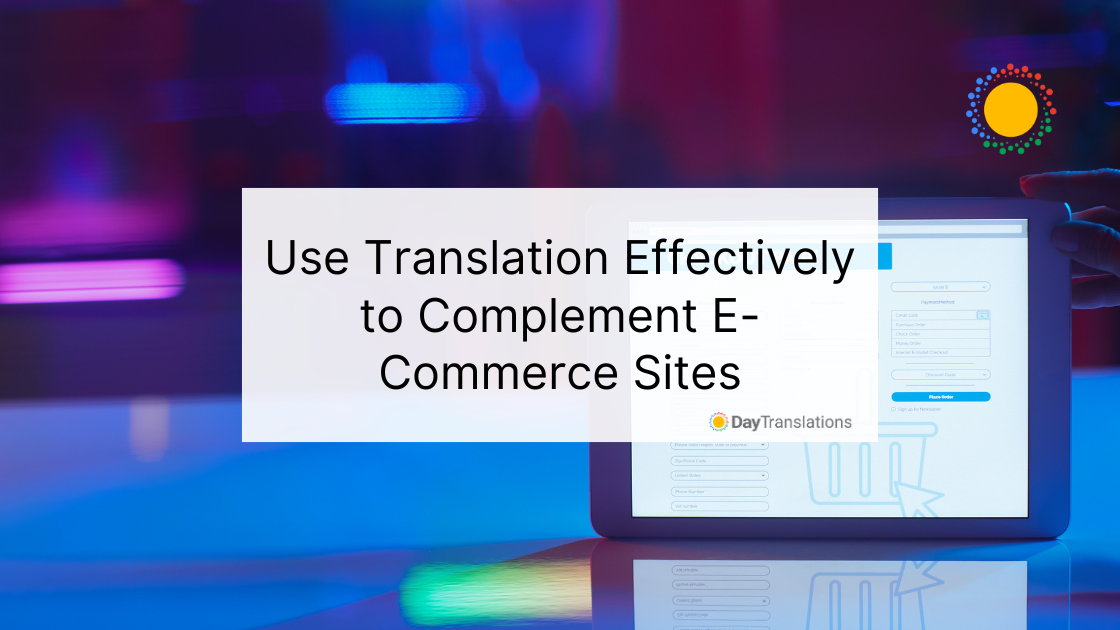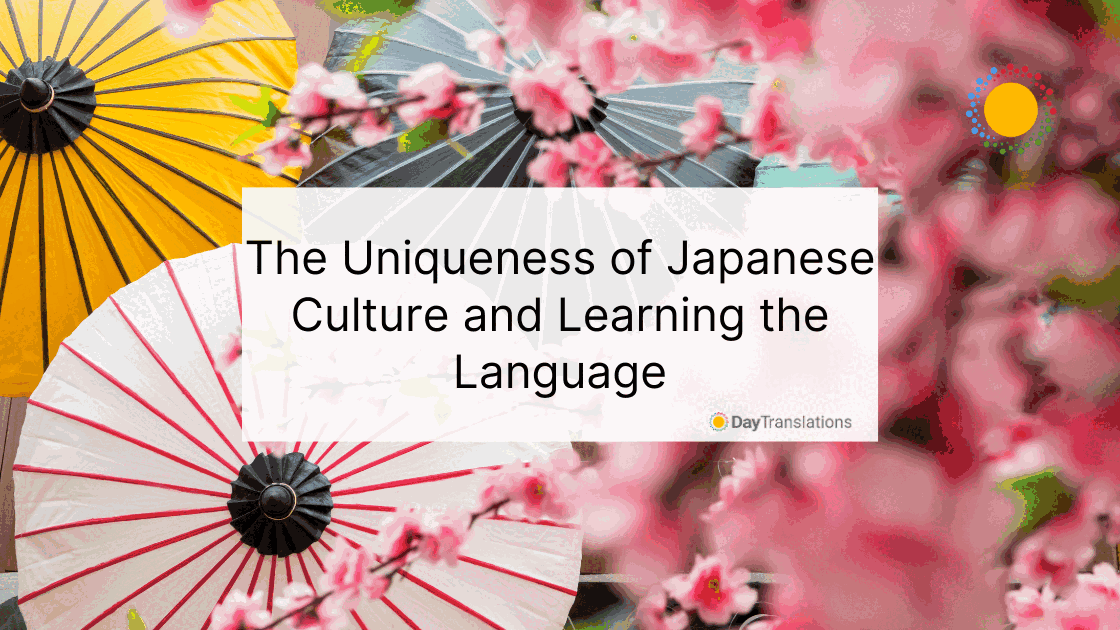As globalization continues its upward climb, more and more companies are realizing the true value of effective translation for their e-commerce sites. Using the right languages for their specific target markets have helped boost their sales, both locally and internationally. They are able to explore the immense overseas consumers who seek products and services not available in their own countries.
The previously unseen value of translation is getting recognition right now. Translation, which is a part of several language services, enables companies to directly connect with their target audiences through language. With the right communication provided by translation, companies are able to express their messages to specific audiences, which is a step in gaining their trust and their patronage.
State of the e-commerce market
Since the growth of Internet connection across the globe, the market for e-commerce emerged as the biggest development. You can see the successes of various online businesses like Alibaba and Amazon. The continuous growth of online spend is also phenomenal. It became evident to various companies that selling their products online is very profitable.
Online retailers, from enterprising individuals to established companies received their own share of the growth of e-commerce. It is predicted that it will be a major contributor to the retail sales of companies around the world. Such is the power of e-commerce right now.
The state of the e-commerce market is stable and for this reason, more companies are realizing the future of retail is in online sales. With the bright future being predicted for e-commerce, it is evident that the potential for successfully having an online presence is what will help corporations turn into global brands in the future.
What will make the transition from a mundane online presence into a dynamic e-commerce site is the effective use of translation. As many other companies realized, what makes their target audiences flock to their websites is how they speak to potential consumers. This is not about delivering information and messages in a single language or the mother tongue of the parent company. What works is the company or product talking to their target markets in their own language, providing answers to their expectations and catering to their preferences. These deliverables can only be attained with effective translation.
Regionalizing e-commerce
One of the prerequisites of becoming an e-commerce brand on the global stage is to know how branching into new markets is done. Borders and global barriers are broken down by the Internet. This vital communication tool enables companies to connect with current and new customers in many ways. It also provides them with novel means for business growth.
Many companies go for established markets, willing to fight it out with equally strong competitors. On the other hand, several medium and small-sized companies are looking at developing markets and those that present potential for further growth. Consumers in North America and Western Europe may be the biggest online spenders right now, but their growth is not the fastest.
Development and progress are seen in the markets in Asia and the Pacific regions, where online sales are close to $900 billion. The annual online spend contributes 25% to the region’s global online expenditure.
Tracking the progress in the region, it showed that the number of new online shoppers run in the millions and its annual growth increases each year.
What various researchers found is that the largest markets with huge potential are places where the availability of specific products is low. These are the markets that companies should study and exploit. This is what will drive their online sales up as target consumers are always looking for items that they cannot find in their local shops.
Tapping into these markets will definitely help them to become global companies. It is a race against time. They have to act fast if they want to grab these online consumers as many companies are also looking for new markets to explore.
Importance of translation in e-commerce
There are always risks and difficulties when companies try to be a global brand because new markets are untried. It can be very challenging, the main challenge being the language barrier. For companies in the West and other countries where English is the first and/or second language, it is very easy to forget that English is not as universal as they think and it cannot be expected that every consumer can speak English.
According to the year-end 2017 data from InternetWorldStats, English is spoken by only 25.3% of the Internet users of the world. The total worldwide population of English speakers is 1,462,008,909 (2018 estimate), with 1,052,764,386 using English on the Internet. Following English is Chinese, with 19.4% representing the Chinese speaking population of 1,452,593,223. From that number, users of Chinese on the Internet reach 804,634,814.
From the InternetWorldStats website, the top 10 languages used on the Internet are English, Chinese, Spanish, Arabic, Portuguese, Indonesian/Malaysian, French, Japanese, Russian and German, in descending order.
Although English is a common language on the Internet, it represents only a quarter of the total world population. This equates to three-quarters untapped potential customers around the world if they do not use effective means of translating their websites.
Looking at the percentages may not show the true view of the sheer number of potential customers over the Internet. The world population of Internet users is 3.5 billion (2017 figures). Based on the users of the top 10 languages, their popularity is about 5.1 billion. In short, there are still 2.5 billion speakers of other languages that may not be major but can still make a huge difference in the sales figures for online purchases if converted effectively.
Realistically, it is not possible to reach all those potential customers, but if companies use translation effectively, they will have the numbers to prove that they have made the right decision to effectively translate their e-commerce websites.
High-quality user experience is a top priority, especially for global companies. This could only be possible if companies are able to provide them with e-commerce sites that are properly translated and highly optimized for each target audience.
Although translation is the umbrella term for changing website content from one language into another, the operative term is localization, which goes much further than just changing the language. Localization involves all the elements of the website’s content and ensuring that all the information on the products, including their prices, is communicated clearly to the consumer.
Translation of e-commerce websites also requires optimizing its content, meaning all information should be updated regularly, creating more engaging messages and other descriptions that are relevant to the products.
An e-commerce website contains a variety of elements, all of which should be translated effectively. Planning the translation and optimization of an e-commerce website means that even small things such as “Add to Cart or Basket,” “Cancel,” “Delete Item” and “Checkout” should be in a specific language unique to the one used by the target audience. This ensures that you provide the purchasers’ satisfaction and pleasant user experience.
Giving in to consumers’ demands
As your consumer base becomes more diversified when you are a global company, it also means you have the responsibility to provide your potential audiences what they want to see, know and hear in this own language. This means language and retail should have a good relationship.
As your brand grows globally, you have to adapt to the digital and physical experiences to meet the needs of consumers whatever they speak and wherever they are. Using translation effectively means that you do extensive research to identify which languages are spoken by your potential audiences who are not in one location.
Because they are linguistically and culturally diverse you have to provide them a shopping experience according to their behaviors, buying habits and preferences. Your messages may be the same but skewing them to fit the taste of a specific audience matters.
Use Translation Effectively to Engage International Audiences
Effective translation means avoiding a one-size-fits-all approach. Properly engaging international audiences can mean global success, thus localization, translation and smart content management can effectively erase cultural barriers and allow you to reach new customers eager to buy your products. However, your messages have to be consistent. Using a professional translation agency ensures that your messages and information remain the same in all languages available on your e-commerce website.
Day Translations, Inc. offers a full suite of language services for various types of clients. We can help you with SEO, translation, localization, video subtitling, and voice-overs. We have in-country subject matter experts who can work with you to turn your e-commerce websites into sites that your customers will visit often. We can provide you with the most effective translation and localization approach that fits your needs and budget. We are open 24/7 so you can reach us any time of the day. Give us a call at 1-800-969-6853 or send us an email at Contact us. Our customer support speaks your language because we care for you from the very first contact.














Sorry, the comment form is closed at this time.